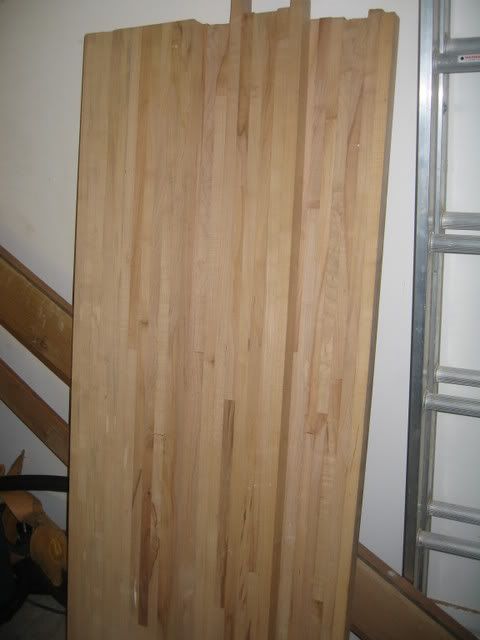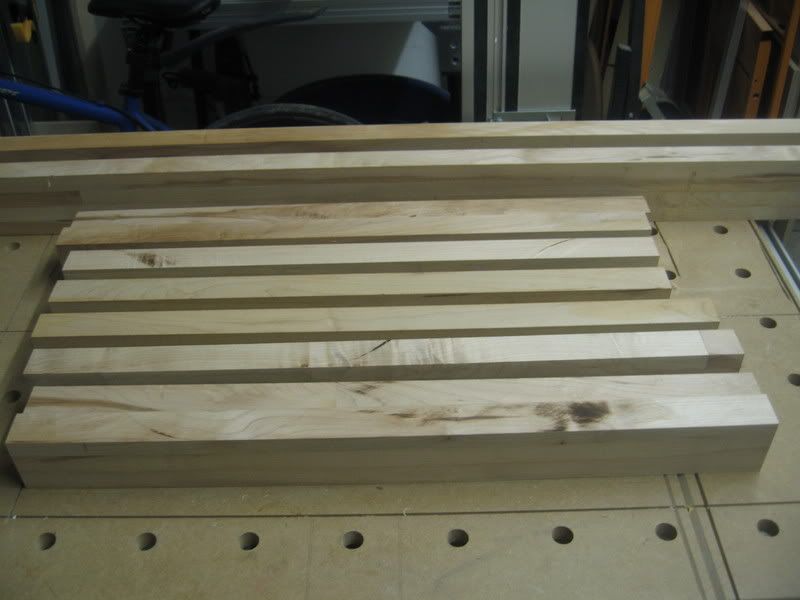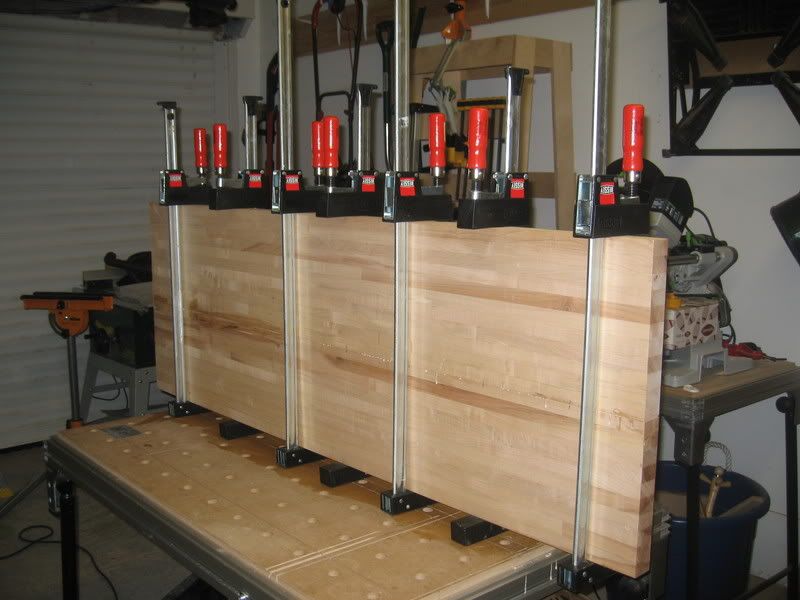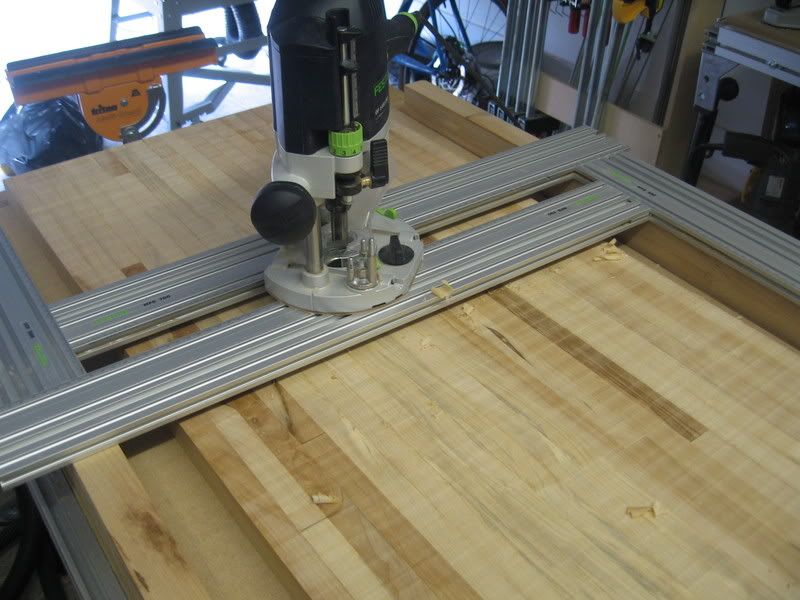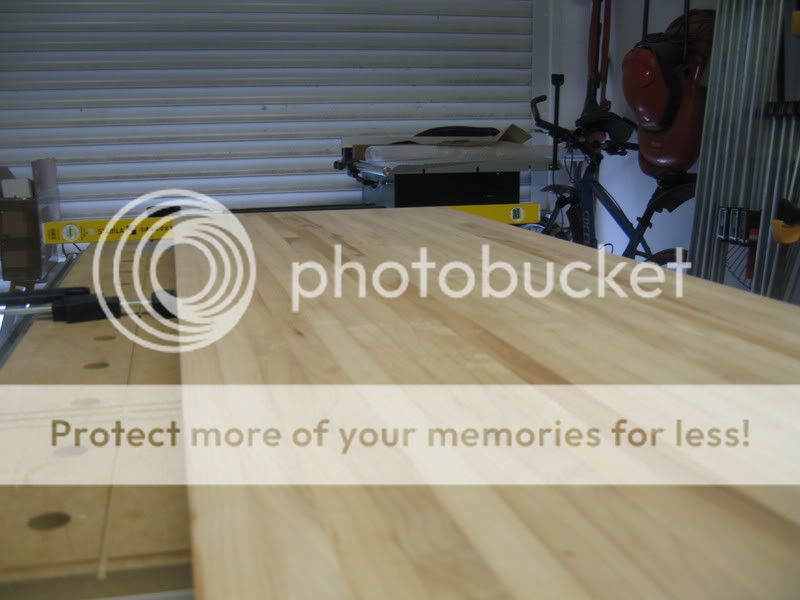TheDudester
Established Member
Last year I was given 4 boards of maple. Each board is roughly L60"xW10"xH1.5". The boards themselves are made up of roughly 10 strips of maple glued together.
One way of glueing the boards would be in a 2 x 2 fashion giving me a bench configuration of L60"xW20"xH3".
Each board on it's own is extremely heavy and I can't even imagine what it would be like to lift this.
Another option would be to use three of the boards (cutting one in half) which would give me a bench configuration of L60"xW15"xH3".
This would leave one maple board to make chopping boards as gifts or something.
The bench is the number one priority but space is also a factor, so my question would be is a bench of 15" good enough for planning and typical bench tasks,.
Thanks
D
One way of glueing the boards would be in a 2 x 2 fashion giving me a bench configuration of L60"xW20"xH3".
Each board on it's own is extremely heavy and I can't even imagine what it would be like to lift this.
Another option would be to use three of the boards (cutting one in half) which would give me a bench configuration of L60"xW15"xH3".
This would leave one maple board to make chopping boards as gifts or something.
The bench is the number one priority but space is also a factor, so my question would be is a bench of 15" good enough for planning and typical bench tasks,.
Thanks
D



